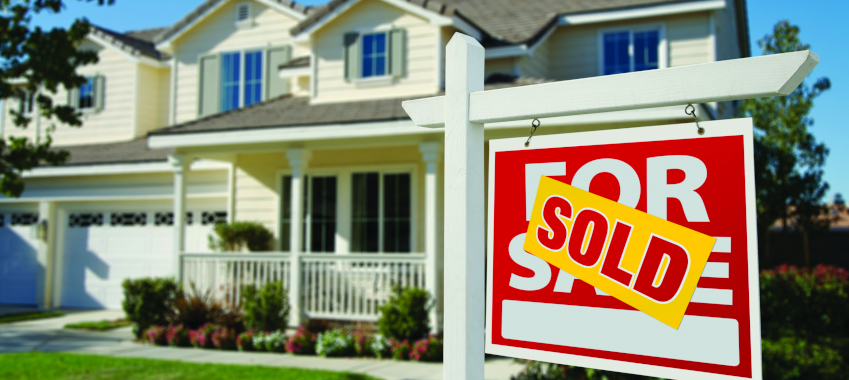
The number of properties listed for sale across Australia has fallen to a 10-year low, creating some “urgency” in the housing market, according to research by Aussie.
The major brokerage’s Buyers’ Opportunity Report, in partnership with CoreLogic, has also revealed that property is selling faster now than it has in the past eight years.
The drop in the number of property sale listings has created a sense of urgency in the housing market, with the median time on market dropping to just 36 days at the end of 2020, down from the average 43 days it took in December 2018, and 30 days in 2019.
According to the report, “housing market conditions were progressively skewed towards sellers through the second half of 2020, as listing numbers remained low and buyer activity surged higher”.
Nationally, the number of homes for sale in December 2020 was 18.7 per cent lower than the same month in 2019, while the number of residential property sales finished the year 8.6 per cent higher.
Housing inventory had fallen across every capital city and rest-of-state regions as a proportion of total housing stock in 2020, with only 5.3 per cent of residential properties listed for sale nationally in 2020.
The exception to this rule was Melbourne, which had seen the number of homes for sale in December 2020 rise by 13.3 per cent than a year earlier (as it emerged from a four-month lockdown in the wake of the second wave of the coronavirus), making it the only capital city to record a rise in listing numbers compared with December 2019.
The supply-demand imbalance
The report highlighted that this imbalance between available supply and buyer demand saw housing values rise by 3.0 per cent in 2020, despite the economic and housing market impacts of the disruptions caused by COVID-19 pandemic.
Over the 2020 calendar year, only 5.3 per cent of residential properties were advertised for sale, down from 6.0 per cent in 2019 and below the recent peak in listing activity when 8.0 per cent of properties were listed for sale across Australia in 2015.
“Buyer activity has been buoyed by a combination of record-low interest rates, credit availability, fiscal support from federal and state governments, and rising confidence as economic conditions beat forecasts,” the report said.
“In contrast, listing numbers have remained low, largely due to a rapid rate of absorption; there are simply more buyers than fresh stock being added to the market.”
A seller’s market
The shortage of properties available to purchase had resulted in vendors offering less discounting from their initial asking price, and homes had been selling faster than they were a year ago, according to the report.
Discounting rates (which measures the percentage difference between the initial asking price and the ultimate contract price on a property), had reduced from a recent high of 4.5 per cent in 2018, to 2.9 per cent in 2019, and 2.8 per cent in 2020.
However, the report has also noted that while advertised supply levels have remained low, there are a significant number of suburbs around Australia where conditions have skewed towards the buyer.
More than 7 per cent of housing stock was available for sale across 21.4 per cent of Australian suburbs in 2020, while more than a third of suburbs (35.8 per cent) had at least 6 per cent of housing stock on the market in 2020.
Finding savings in low rates
Commenting on the findings presented in the report, Aussie CEO James Symond said: “While the market conditions over the last 12 months have triggered a surge in buyer demand, we’re also experiencing a 10-year low in property listings nationally; and when property is for sale, it’s generally getting snapped up quickly. But despite these trends, there are still significant buying opportunities out there for those who know where to look and are well prepared.”
“Although advertised supply levels remain low and vendor discounting is trending lower, there are still plenty of suburbs around the country where buyers can find a great deal, particularly outside of the capital city centres.
“There may be less negotiation with vendors but potentially more negotiation with your home loan, so, your dream home could be more affordable in other ways such as a competitive interest rate or a cashback incentive.”
Mr Symond added that with homes selling more rapidly across Australia, buyers wishing to purchase property in the next 12 to 18 months would need to be prepared to act quickly to secure a property by organising their financing and pre-approval for a loan through someone like a mortgage broker.
He concluded: “We are seeing longer application approval times due to pent-up demand, and with homes averaging just 36 days on the market, if you’re not prepared, you might miss out on a place you really love.”
[Related: Aussie settlements rose 11% in 2020]
